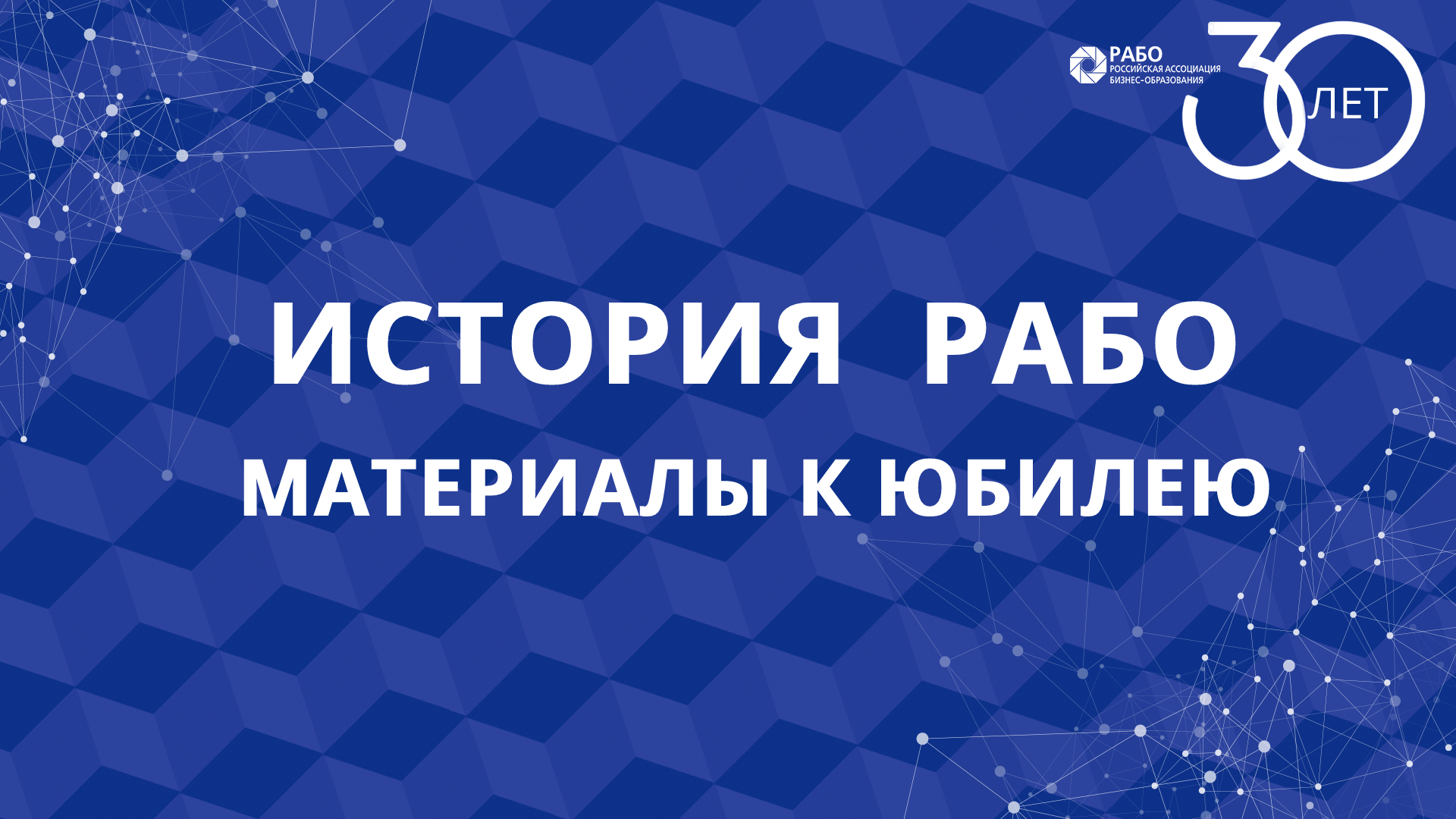Complex emergencies and humanitarian responses
С открытой датой
Описание мероприятия
Язык обучения: английскийОписание программы
This course provides students with an interdisciplinary introduction to the processes, events and policy debates shaping responses to war-related humanitarian crises, including emergency interventions in situations of ongoing armed conflict, and postconflict recovery. Using recent case studies, the course gives insights into the complexity of local realities in afflicted regions and the ways in which knowledge of those realities relates to policy making. It also examines the financial and political constraints under which aid agencies, donors and governments operate. In so doing it explores the divergence between the rhetoric and the reality of providing assistance to the world’s populations that are most acutely in need.
The objectives specifically include:
- To describe and evaluate the main theoretical concepts and policies behind humanitarian aid and interventions.
- To demonstrate that common concepts about war and emergency are often misleading.
- To gain an understanding of the actions of perpetrators and victims.
- To use case studies to show how perceptions shape international responses to a conflict and how this influences the conflict.
- To understand the role of war economies.
- To analyse the difficulties in peace making.
- To illustrate how complex emergencies shape development policies.
- To do this by looking in depth at the following key themes: violence, international responses, dilemmas in humanitarian intervention and assistance, information policy and media in conflict, post-conflict development and challenges in peace building.
Assessment
This course is assessed by a three-hour unseen written examination.
Учебный план:
Defining emergencies: common perceptions of emergency and development; rethinking war, famine, natural disaster and displacement.
Politics of information: influencing an emergency through information; flows of information within the ‘humanitarian system’; war reporting; information stereotypes.
Behind the violence: the rationality of violence; the psychology of perpetrators and victims; women and violence; analysing ‘ethnic violence’.
Keeping the war going: war economies; the international arms trade; the aid business; impact of aid and humanitarian assistance; the dilemma of humanitarian intervention; peace keeping; who are the international actors and what is their role?
Making peace: management of peace processes; implementation challenges; displacement and repatriation of refugees and internally displaced persons; principles of refugee protection; disarmament; demobilisation and reintegration of combatants; healing.
From emergency to development: the challenges of reconstruction and reprogramming of aid flows from an emergency to a development approach; best practice guidelines.
The themes in this course are illustrated by the use of case studies. These demonstrate the specifics of complex emergencies and humanitarian responses in particular places, and make connections between debates and new institutional arrangements and how these work in practice.
Результат обучения:
At the end of the course and having completed the essential reading and activities students should be able to:
- demonstrate how responses to complex emergencies have shaped development in post-conflict societies.
- analyse and explain the dynamics and violence of emergencies and their impact on development.
- critically evaluate external factors, know and understand the international mechanics of conflict interventions.
- use a range of case studies in the analysis of conflict intervention.
- assess what role information plays in an emergency.
- discuss general challenges faced in implementing a peace deal.




